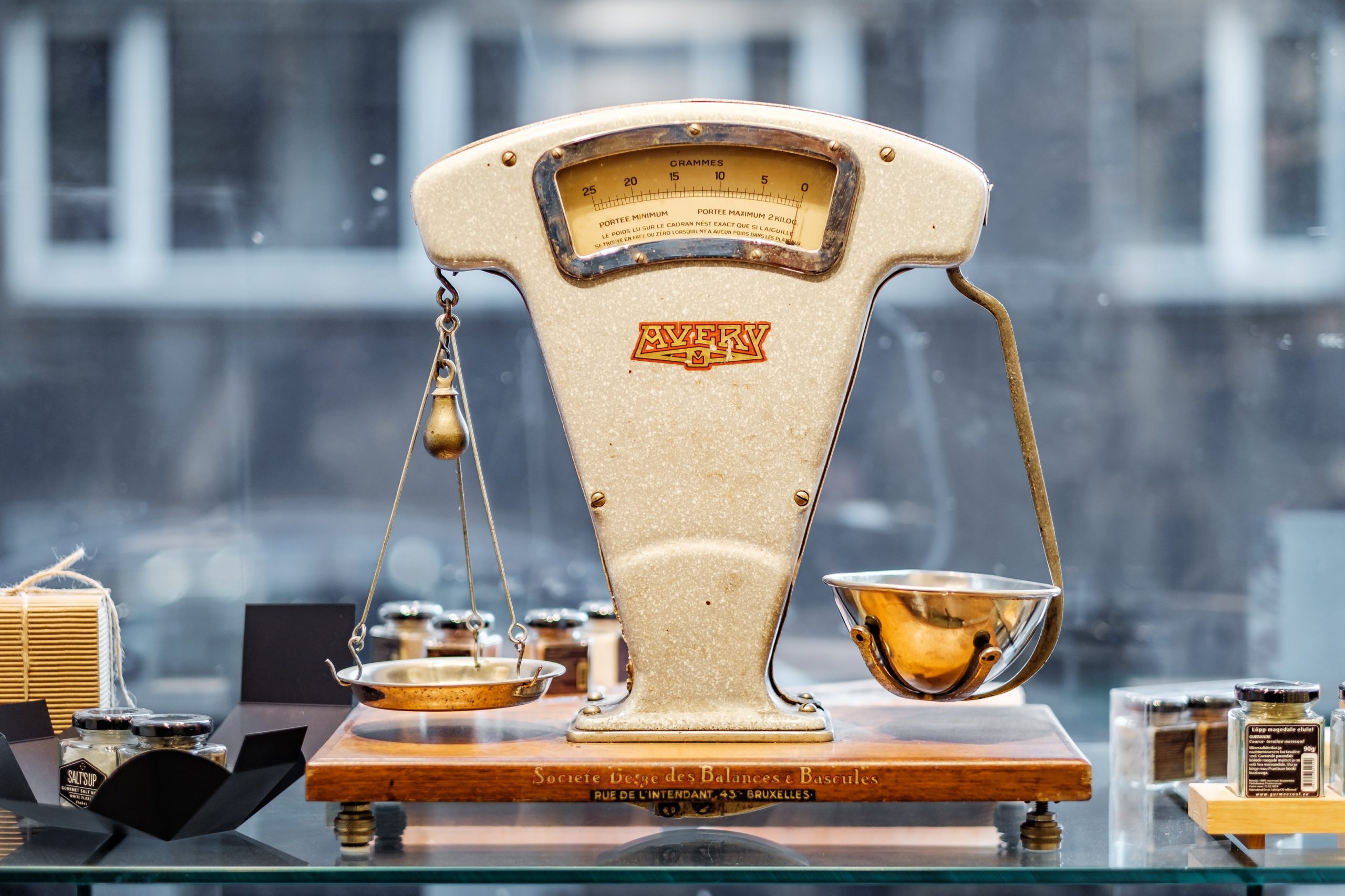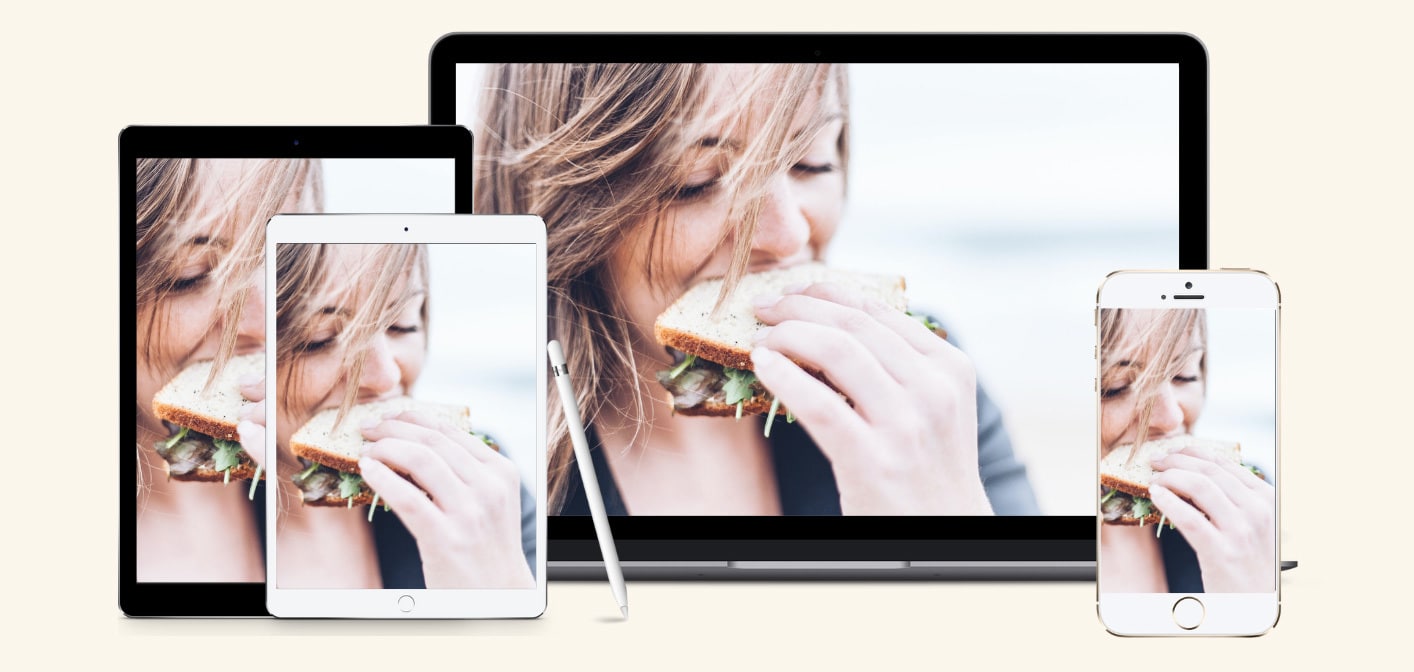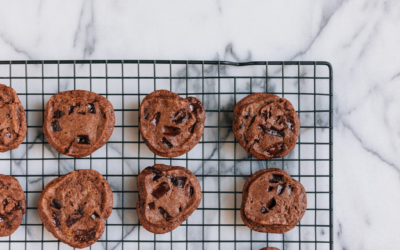Are you wondering how you know your set point weight?
Perhaps you are interested in breaking up with diet culture and finding a healthier relationship with food. But understandably you’re apprehensive. Often that apprehension has to do with weight worries…
“If I actually fulfil my hunger and let go of dieting, I am afraid I will gain weight”
“How can I tell what my set point will be?”
Do you resonate with this?
Set Point Weight Theory can help you understand more about what your weight may do when you let go of diets and nourish yourself adequately.
So…what is set point weight?
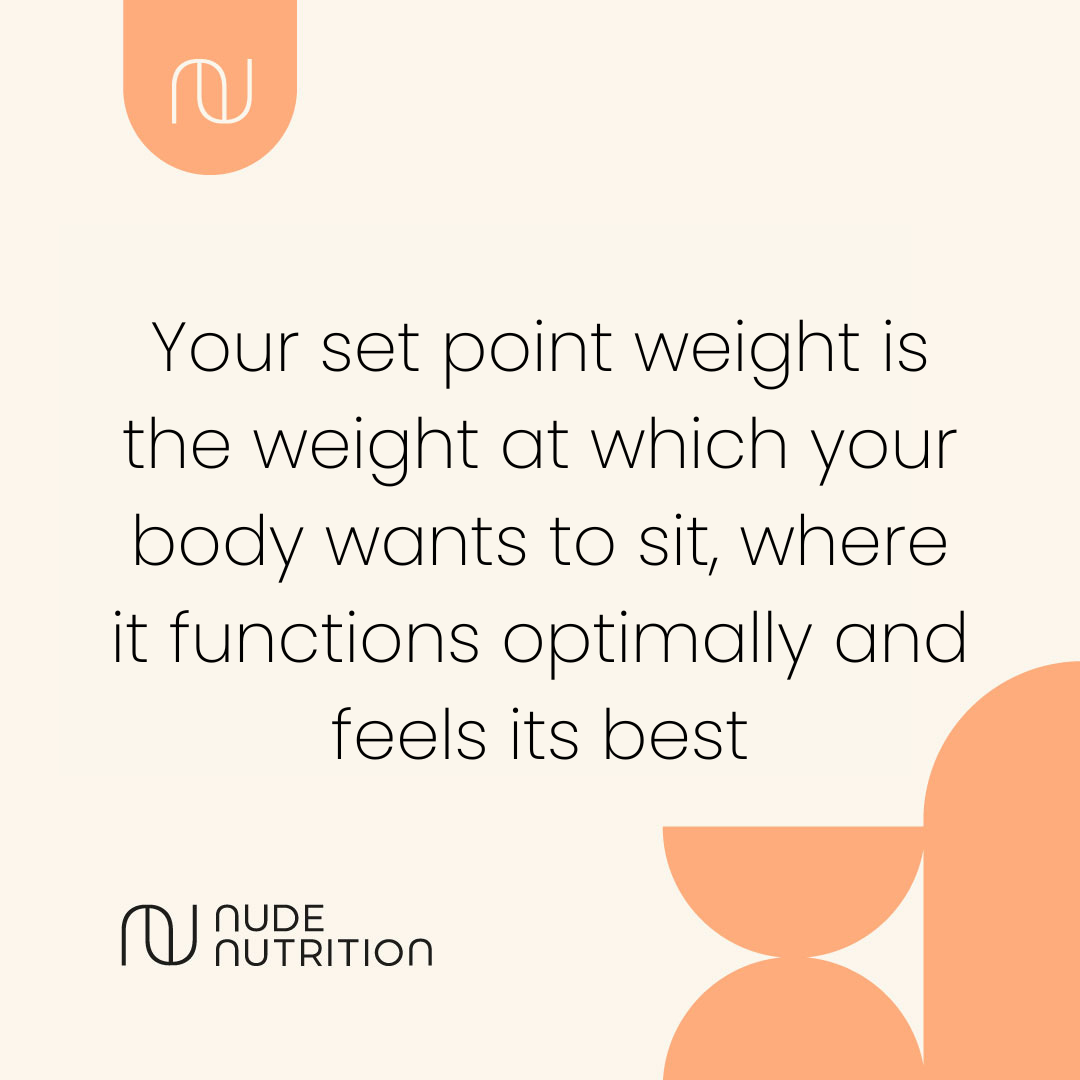
The terms “set point” or “set point weight” stem from a scientific theory called Set Point Weight Theory.
In short, this theory suggests that we each have our own individual set point weight range. This can be thought of as your “happy place”. It’s the weight that your body naturally wants to be.
Let’s learn more about what’s behind this theory…
Many parts of our physical and psychological makeup are determined either in part or completely, by our genes. For example, height is mostly determined by genetics. People generally accept that we can’t change our height, it’s just the way we were born. The same goes for shoe size and hair colour.
In the long term, the same principle seems to apply to weight. Genetics plays a large part in determining our body weight. It’s hard to get a solid number but studies suggest that up to 70% of human body weight is determined by genetics.
Your “set point” is thought to be a 3-9kg weight range. However, this is unique to every individual so take the numbers with a pinch of salt. The point is: it’s not a static number. It is a range rather than a single figure because fluctuations in weight are part of being human. For example, in the winter you may carry some extra kilos; this is a normal part of how humans evolved and the extra fat tissue protects us from cold.
If your body weight falls below this range, it sees this as a threat to your survival. And so regulatory mechanisms kick in to help you get back there. For example, if you eat a little more than you need (in the short term), then typically your body temperature will rise and your metabolism speeds up to burn off the extra energy. If you eat too little, then your metabolic rate slows down to spare the available calories. Also, if the body is not getting enough energy, you will feel more hungry, and/or be more preoccupied with food.

So, your set point weight is the weight at which your body wants to sit, where it functions optimally and feels its best.
And this weight may be above what is deemed “healthy” or “normal” within diet culture. Rest assured you do not have to meet society’s thin ideal to be healthy. And if your body is larger than this ideal, it does not mean you have to restrict and deny your body food. In fact, this is likely doing damage to your physical and mental health, whilst paradoxically leading you to become heavier in the long term (more on this below). There is a lot of research that shows that people can be metabolically healthy and fall into the “overweight” and “obese” BMI categories.
Your set point weight isn’t forever
Set point weight can shift over time. Where your body naturally wanted to sit at 18, is unlikely to be the same at 30. And where it wanted to sit at 30, probably won’t be the same at 40 or 60.
Your body is not supposed to look the same after the major biological and hormonal shifts that come naturally with puberty, pregnancy and menopause.
Body changes across the life cycle are normal despite what diet culture may tell us.
How long-term restrictive dieting may affect the Set Point Weight
Weight cycling is the weight loss and regains that occur with patterns of yo-yo dieting.
Some research suggests that set point weight may increase with weight cycling. This is because the probability of weight regain increases in the time following initial weight loss. Researchers believe this is due to the energy gap created during caloric restriction where decreased energy expenditure is paired with an increased drive to eat.
I am mindful that this information may elicit shame or worry for some readers, which is not the intention. This is not to say you have done irreparable damage to your body or metabolism. Rather this information is here to present the facts so you can be informed. And to provide a possible explanation for the common experience of weight regain after restriction.
Some signs you are at your set point weight
- Do you consistently listen & respond to your hunger and fullness cues?
- Are you able to keep a relatively stable weight WITHOUT fixating on weight or food habits?
- Do you feel calm and stress-free around food?
- Are you implementing gentle nutrition in a way that feels good and unrestrictive?
- Do you move your body in ways that you enjoy and without using exercise to “earn” or “burn off” your food?
If you answered YES to all of the above, then it’s likely you are within your set point weight range.
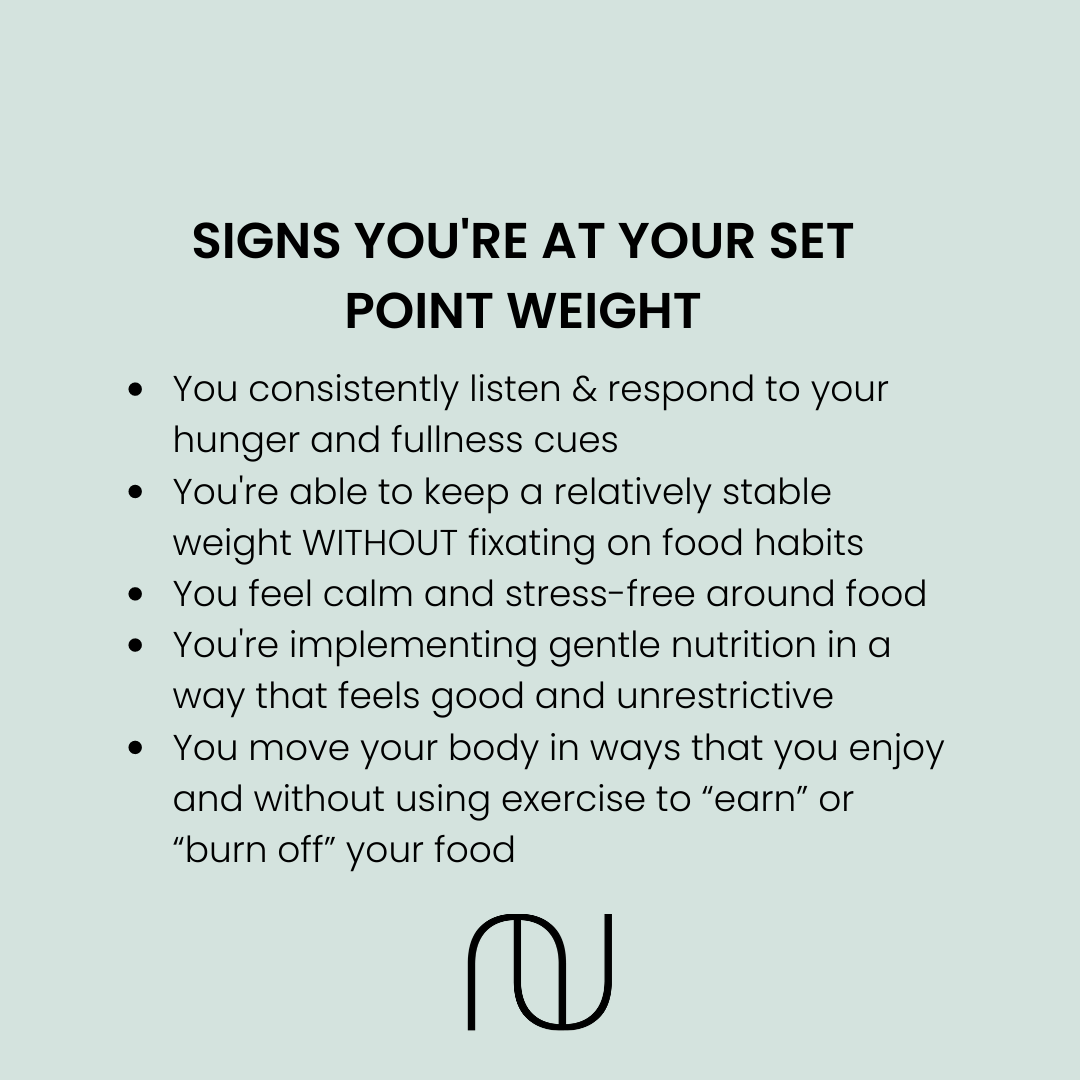
If not, keep reading…
How to find your set point weight
Intuitive eating is an evidence-based framework that will help you to find your set point weight.
Intuitive eating fosters body respect, learning to trust your body, disentangling yourself from misinformation around food and weight, honouring your needs for nourishment, and letting your body weight go where it wants to when this happens.
This article explains more about how Intuitive Eating works.
When we work with our clients to implement intuitive eating principles… some clients lose weight, some will stay the same, and some gain weight. And often they might gain weight, then lose it, then steady out (or the other way around). And all these people are doing Intuitive Eating correctly!
Because weight loss is not ever meant to be a goal of Intuitive Eating, for many important reasons which we explain in this article.
Are you still feeling afraid to let your body do its thing?
It’s totally normal and ok to feel apprehensive about finding your set point weight.
Know that your feelings are so valid. Uncertainty makes sense given the culture we live in; a culture where the pursuit of weight loss is heralded as so valuable.
Just knowing weight loss diets aren’t effective doesn’t mean the desire for weight loss will go away. It does not mean that the media are backing off on weight loss messaging. Or that friends and family aren’t still making comments or engaging in their own diets.
It’s ok to know that weight loss diets don’t work but still feel unsure about giving up the pursuit.
I would like to gently invite you to consider…could you put weight loss on the back burner? Could you give something else a try and see what happens?
In summary
Your set point weight is the weight at which your body naturally wants to sit. It’s where it functions optimally and feels its best. Weight loss, weight maintenance, and weight gain are all possibilities when we work toward finding our set point weights.
Intuitive Eating provides a framework you can use to find your set point weight, whilst nurturing a healthy relationship with food and body.
Learn more about Intuitive Eating and how to get started with it through these links:
Intuitive Eating Tips for Those Starting Out
Intuitive Eating 4th Edition (book)
And download my free 7-steps to food peace and freedom audio guide to get started.
Do you want to work with a qualified dietitian and Certified Intuitive Eating Counsellor who nurtures a good relationship with food and can help you find your set point? You can read more about what that looks like here.

